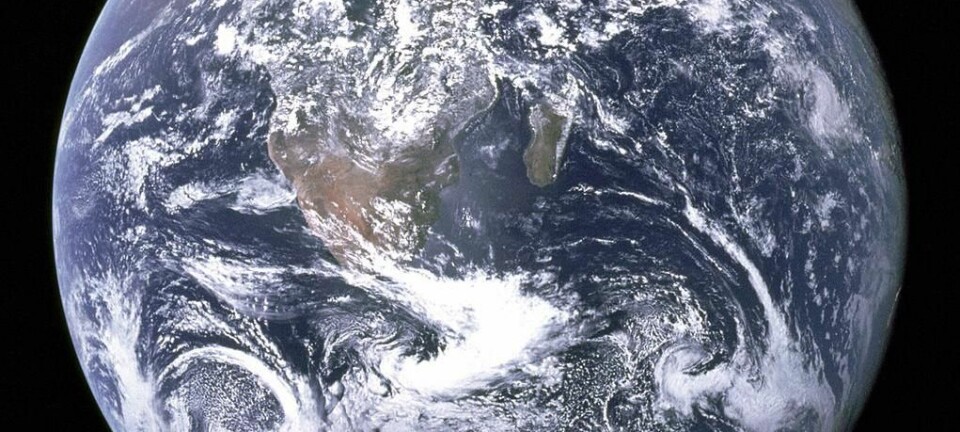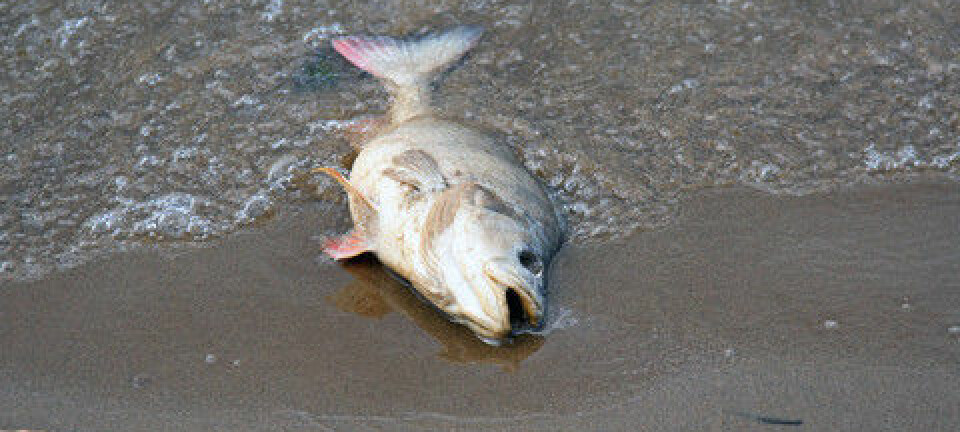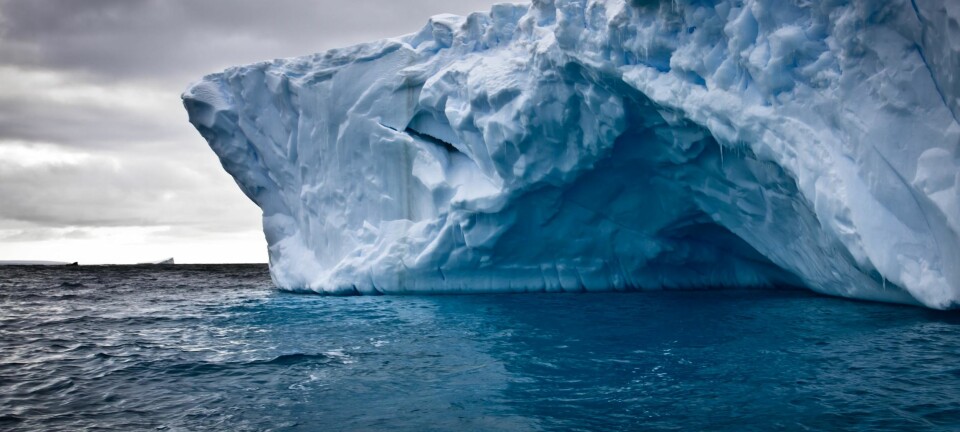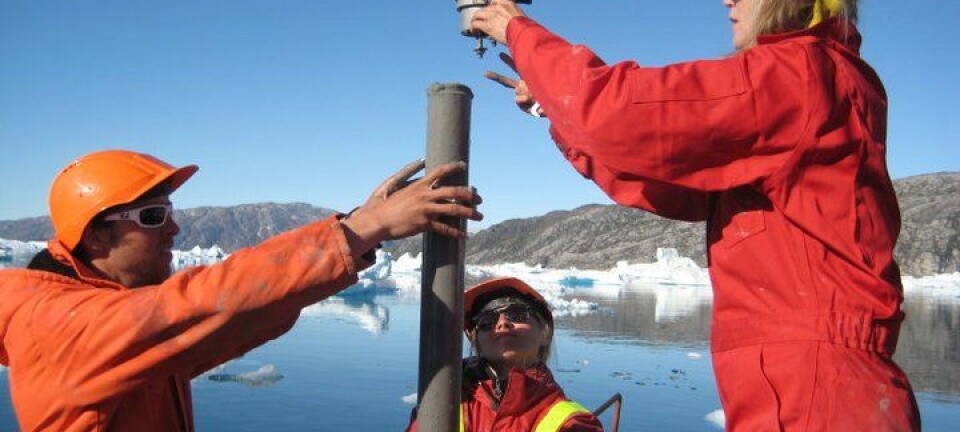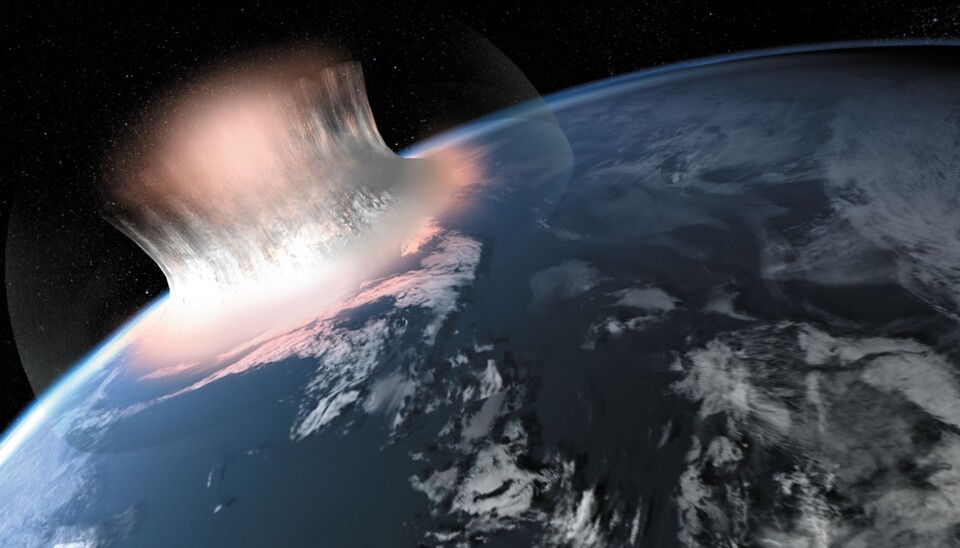
Remains of gigantic meteorite crater found in Greenland
A Danish geologist has discovered remains of what appears to be the world’s largest and oldest meteor impact crater in Greenland.
The remains of a huge, three billion year old impact crater have been discovered near Maniitsoq in West Greenland.
Until recently, the Vredefort crater in South Africa, with its 300 km in diameter and an age of just over two billion years, was considered to be the largest and oldest documented crater structure on Earth.
In September 2009, however, an even larger and much older crater structure in West Greenland was ‘found’ in an office in Copenhagen – at the offices of the Geological Survey of Denmark and Greenland (GEUS).
A heureka moment
During his preparations for a workshop on nickel and platinum deposits in the Maniitsoq region, GEUS senior researcher Adam A. Garde suddenly came across a simple, obvious and extreme explanation of some very strange geological phenomena in this region.
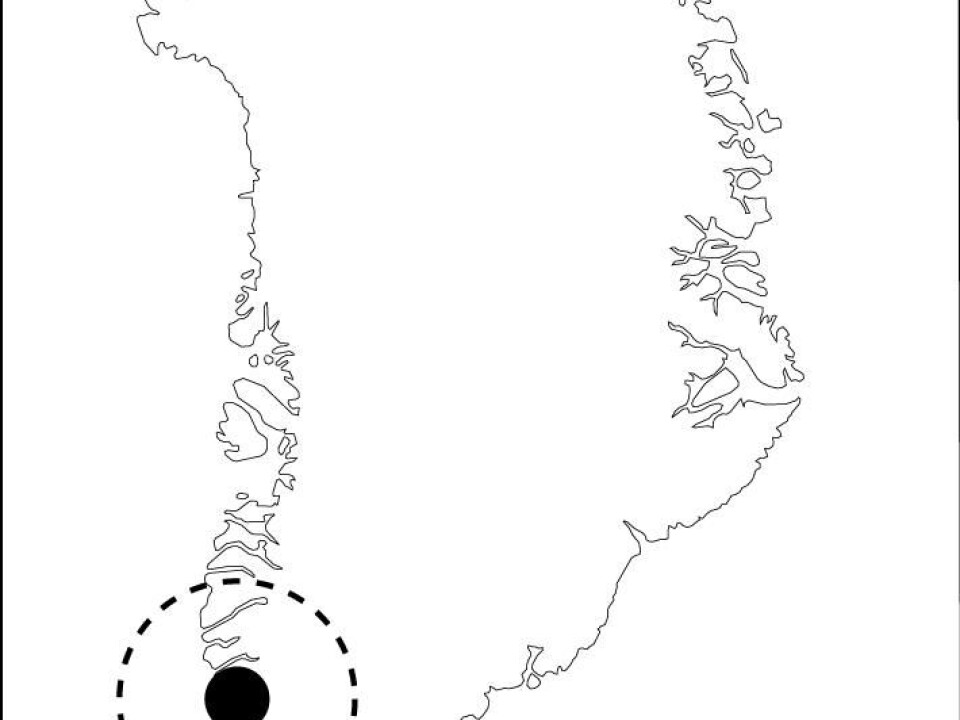
He had numerous times during his career worked on these problems, but had never understood them fully, even though they formed the basis for his doctoral thesis in 1997.
Since the idea of the impact crater emerged in 2009, a small team of geologists from GEUS, Lund University in Sweden, Cardiff University in Wales and the Institute of Planetary Science in Moscow has been examining the structure, and the first scientific article about it has now been published in the international journal Earth and Planetary Science Letters.
The team visited the area in 2010 and 2011, first by helicopter and then by ship, to take a closer look at the areas affected by the impact.
World’s oldest and largest
Their task wasn’t easy as there is no obvious bowl-shaped crater visible on the land surface.
Rocks in this part of Greenland are more than three billion years old – which is about two thirds of Earth’s age. The geologists estimate that the meteorite landed 3001 ± 2 million years ago.
It’s possible that the meteorite may have hit the sea, because the preserved rocks below the original crater have been intensely transformed by large amounts of circulating water, which immediately after the impact has managed to penetrate deep into the Earth’s crust along the many fissures and crush zones.
Gathering the evidence
Over the three billion years since the impact, the land has eroded down to expose a deeper crust some 25 km below the original land surface and has since been scoured and polished by the Greenland ice sheet.
All the outer parts of the impact structure are long gone, but the great mass of the meteorite caused an intense shockwave which penetrated far deeper into the Earth’s crust than any other known crater – and the effect of this remains visible today.
However, since the effects of an impact at these depths have never before been observed, it has taken three years of intense work to gather all the key evidence, which is why the team hasn’t published their findings until now.
Saved by gravity
Boris A. Ivanov, of the Institute of Planetary Science in Moscow has conducted a series of provisional model calculations, which suggest that the Maniitsoq meteorite had a diameter of more than 30 km – at least twice that of the Vredefort meteorite, and with a mass of at least ten times greater.
Had this meteorite hit the moon, the resulting crater would have a diameter well above 1,000 km and would be easily visible from Earth with the naked eye.
But since the Earth has a much stronger gravitational force than the moon, the original Maniitsoq crater will probably have had a diameter of ‘only’ 500-600 km.
